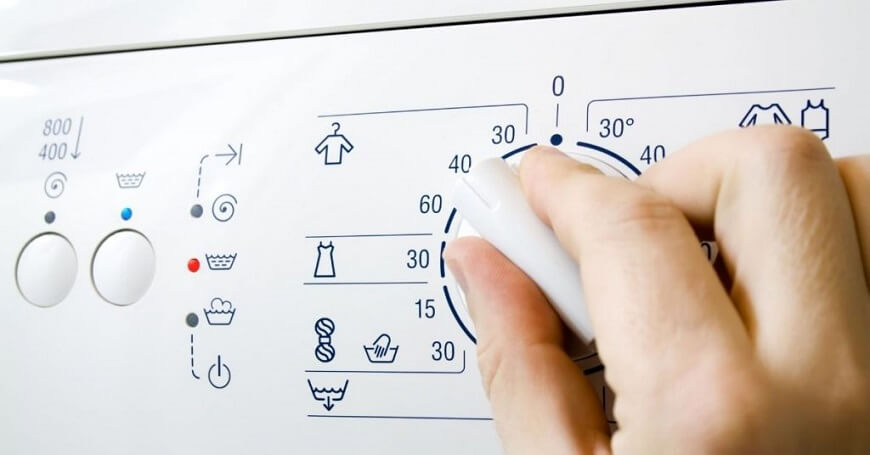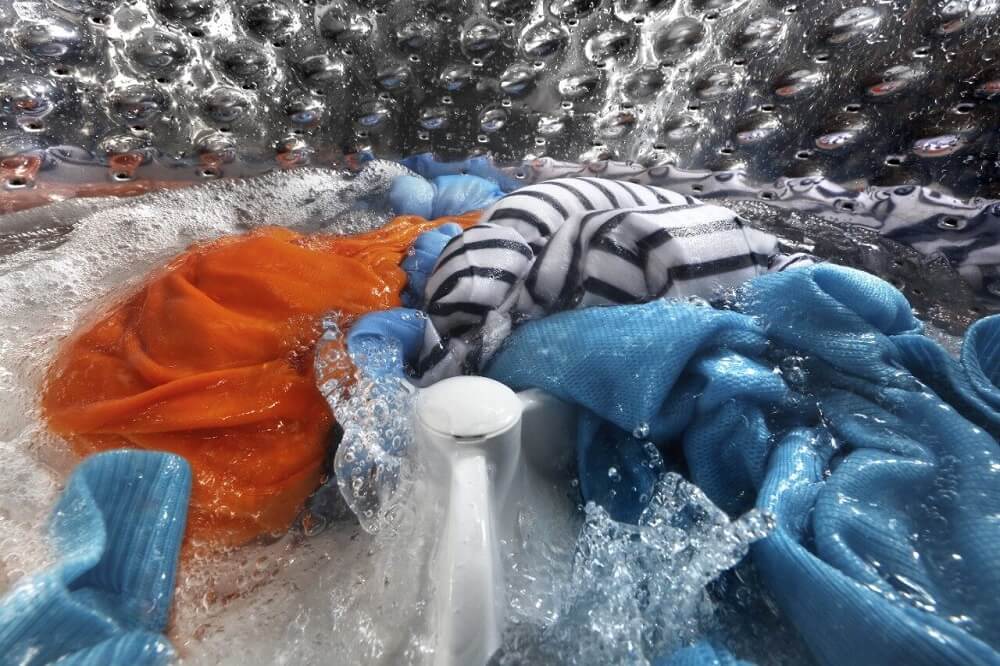If you’ve ever shared a central heating thermometer with anyone, you’ll know how different people react to different temperatures. So, what does it mean when you’re advised to wash your clothes on a “cold cycle”? A cold wash is usually 30 degrees Celsius (30°C) in the UK. Although some machines have cold wash temperatures as low as 20°C, most delicate clothing does not require this unless otherwise specified. Therefore, when the term “cold cycle” is used, it generally refers to a temperature of 30°C.
I’ll answer more cold wash temperature related wash laundry questions in this laundry guide. First, I’ll go over which items should be washed on the cold cycle. In addition, I’ll look into the best energy-efficient temperature for washing garments while still getting them clean.
A clothes label will show a bucket filled with water and a temperature of degrees Celsius when it comes to temperature. The temperatures available are typically 30°C (cold cycle), 40°C (warm cycle), and 60°C (warm cycle) (hot process).
Which Laundry Items Should You Wash on a Cold Wash Temperature?
You will not use a calculator to figure out what temperature to wash your clothes. Thankfully, most fabric items come with a care label that advises you on cleaning them.
A symbol with the word “30°C” inside it:

If the care label on your clothing has a bucket symbol with “30°C” inside it, you should wash it on a cold cycle. Make sure there’s no hand symbol on it, as this means it has to be washed by hand.
Dark colours:
Dark and coloured items should wash at a low temperature.
Delicates:
Wool, silk, acetate, and acrylics are all delicate materials that should be washed at 30°C or below.
Denim:
Denim jeans should wash at a low temperature and as little as possible.
Also Read: Know Caring And Washing Denim Jeans Myths
Is it possible to wash everything at the cold wash temperature?

Some people claim that doing all of your laundry during the cold cycle can save you money and reduce your impact on the environment while keeping your clothes in better shape.
According to a study, washing garments at 25°C for 30 minutes enabled them to lose fewer microfibres while preserving their colour for longer. They didn’t check the clothes’ hygiene, so you’ll have to rely on your chosen detergent for that.
If your clothes aren’t too filthy, you could wash them all on a cold cycle with the correct detergent. Olive oil was the only material that a 20°C wash cycle couldn’t remove compared to a 40°C cycle.
While 30°C is generally considered a “cold” wash, some organisations, such as the EU’s Ecodesign Initiative, believe that 25°C or even 20°C is the perfect temperature for a cold cycle. The colder you go, the more energy you’ll save and the less harmful synthetic microfibers you’ll shed.
Also Read: Top Ways to Clean Expensive and Delicate Clothes
Last Words:
In the United Kingdom, a cold wash refers to a wash cycle set at 30 degrees Celsius (30°C). However, many washing machines now have settings that go as low as 20°C because it has been shown that washing at lower temperatures reduces microfibre shedding and lowers your energy expenditures. Washing your clothing on a cold cycle also protects dyes from running or fading, as well as shrinking and damage to your items.
